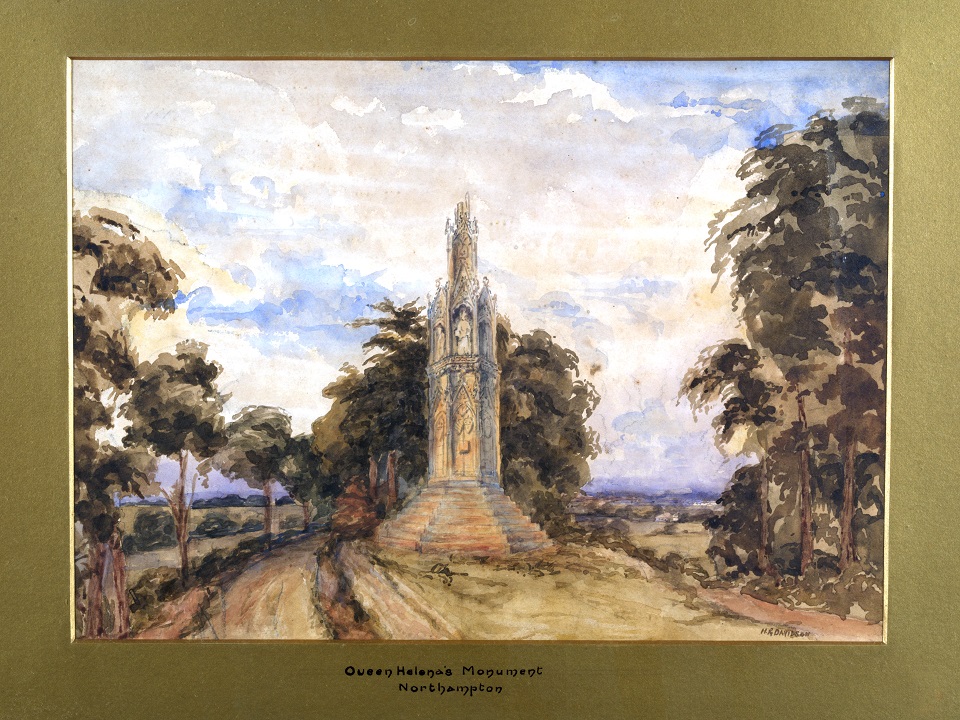Eleanor Cross study day
One of three in twelve by Dr Decca Warrington

Presentation summary
Decca explored the history of the cross after it was built. Many crosses didn't survive and the Northampton Cross is a remarkable survival over centuries, even though the landscape around it has changed so significantly. Partially it's survival is due to a story of neglect. Because it did not inspire local polical or social discord it seems to be forgotten. During the Battle of Northampton in 1460 the Eleanor Cross was used as a viewing point for the battle by the Archbishop of Canterbury, Thomas Bourchier. The founding of the Church of England by Henry VIII and the religious break with Rome in the 1540s changed the perception of the crosses. It was associated with a previous religious system where people would pray to release Eleanors soul from purgatory. Many surving crosses were destroyed the English Civil War in the 1650s due to their associations with royalty and also for practical defensive reasons, but this one survived. From the 1690s it became a curious ruin, of interest to antiquarians and early historians. In 1713 the cross was restored with Eleanor compared to the contemporary Queen, Queen Anne. It was a way of the magistrates of Northampton to show their loyalty and increase their influence by a reference to a strong Queen. This led to a renewed interest in the cross and in the Eleanor love story. By the 1830s it was a place of local interest and a beauty spot for promenading Edwardians and Victorians.
Speaker biography
Decca Warrington, author of The Eleanor Crosses: The story of King Edward I’s lost Queen and her architectural legacy. Decca Warrington is a philosophy graduate of Manchester and Sussex Universities, and in a varied career has worked in a number of roles ranging from practising archaeologist to NHS manager. The constant throughout her life has been a passion for the history of art, and her particular fascination with the Eleanor Crosses grew into an overwhelming urge to learn more about their history and then to write this book. She lives in Kirtlington, Oxfordshire, with her partner.
